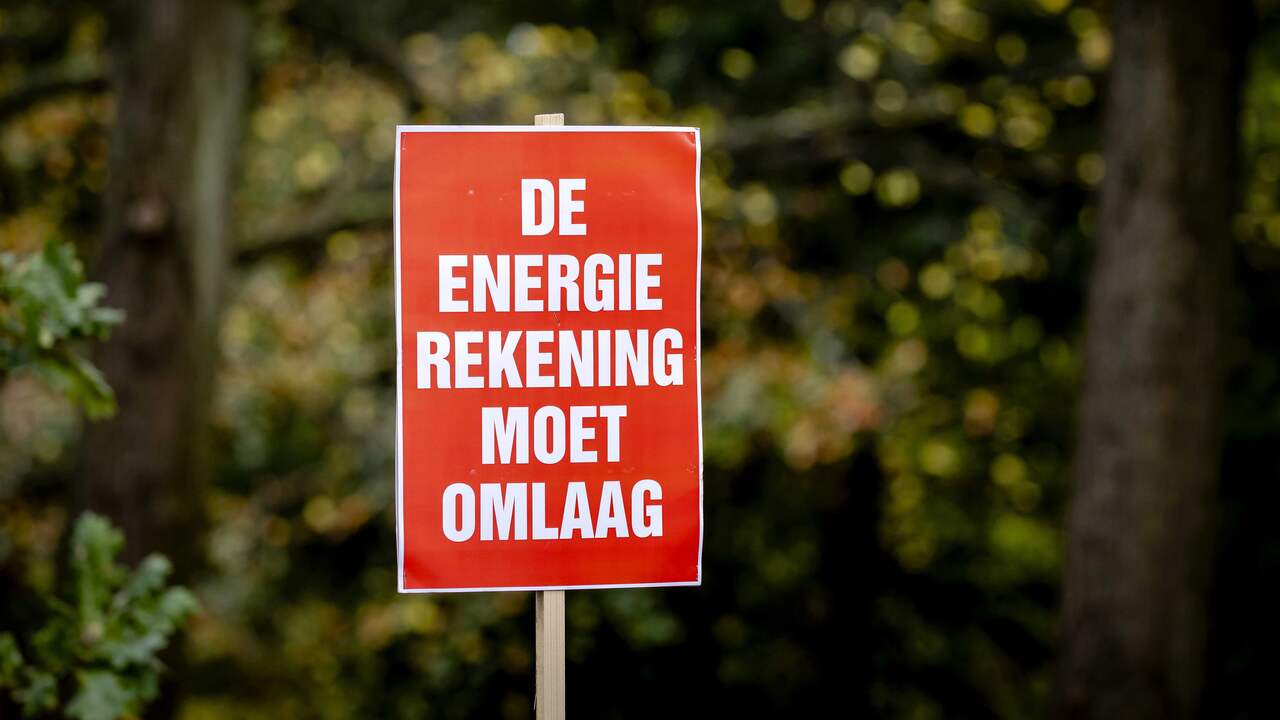The government expects a budget gap of 7.5 billion euros next spring, Minister Sigrid Kaag (Finance) announced in the autumn memorandum. The budget deficit is partly due to the costs incurred by the government to compensate for the increase in energy prices.
The Autumn Memorandum is the latest budget adjustment for this year. It is not yet clear how the government will cover the costs of measures to keep energy bills affordable for citizens and businesses.
The price ceiling for electricity and gas for households is estimated at 11.2 billion euros and support for SMEs that consume a lot of energy will cost just under 1.7 billion euros.
The cabinet is also allocating nearly €400 million more to compensate schools, colleges, universities, secondary vocational education establishments and cultural organizations such as museums for high prices, especially for energy.
The 400 million euros are intended for institutions (in part) financed by the Ministry of Education, Culture and Science. Schools that are already experiencing problems due to high energy bills can report this to the Education Executive Agency (DUO). The emergency window that was set up for this purpose will remain open for the time being, according to Minister Dennis Wiersma.
Typically, ministries receive a small percentage in the autumn memorandum in order to finance higher inflation-related expenditure. But since inflation is very high this year, mainly due to the war in Ukraine started by Russia, it is much higher this time.
Energy companies have to pay more taxes
Estimates of the budget gap, which the cabinet will seek to cover in the spring memorandum, have so far run into the tens of billions. Even the exact amount is still very uncertain, as it strongly depends on the development of energy prices. Lately, after a significant peak last summer, they have declined slightly. The government plans to cover part of this expense by imposing additional taxes on some energy companies.
At least as difficult a problem is raising the interest rate on the national debt. Unlike one-off energy support, it is a structural cost item. On this too, the government wants to find solutions in the spring memorandum, which will be presented at the end of May.
Due to the extremely low interest rates, the Netherlands has been able to borrow money for free or almost for years on the capital market. But with interest rates rising globally, maturing loans need to be refinanced at higher interest rates. It is estimated that this could cost an extra 5.8 to almost 9.2 billion euros a year.
The war in Ukraine has so far cost the state coffers almost 4.5 billion euros. More than half of this amount was spent on better filling of the Bergermeer gas depot, so that the Netherlands will be much less dependent on Russian natural gas next winter.


